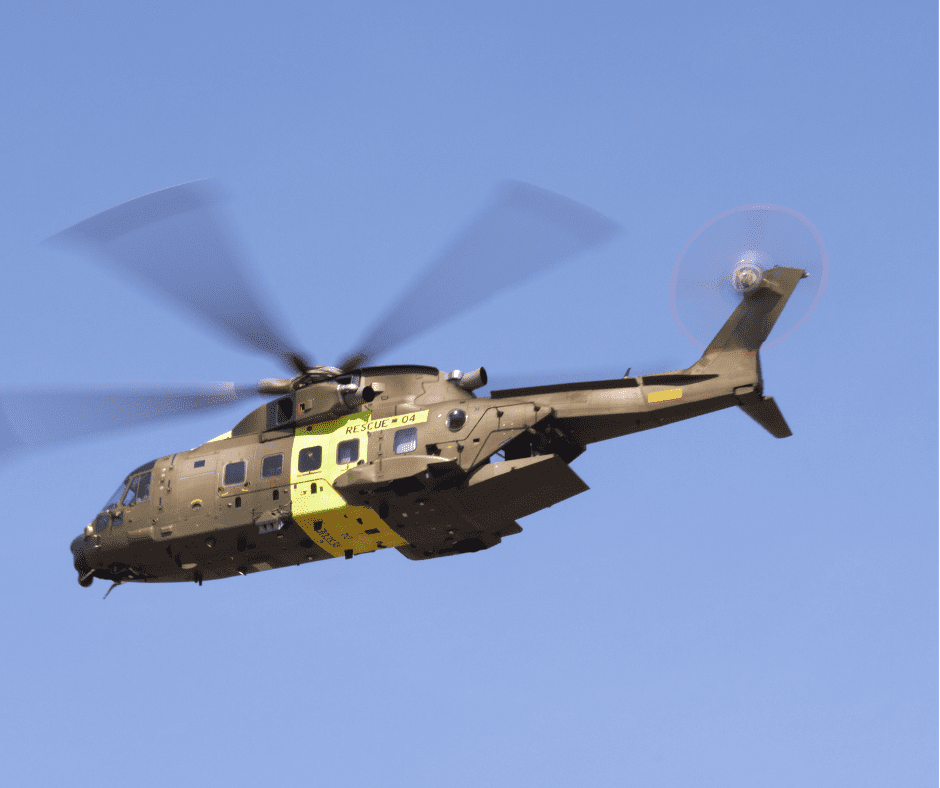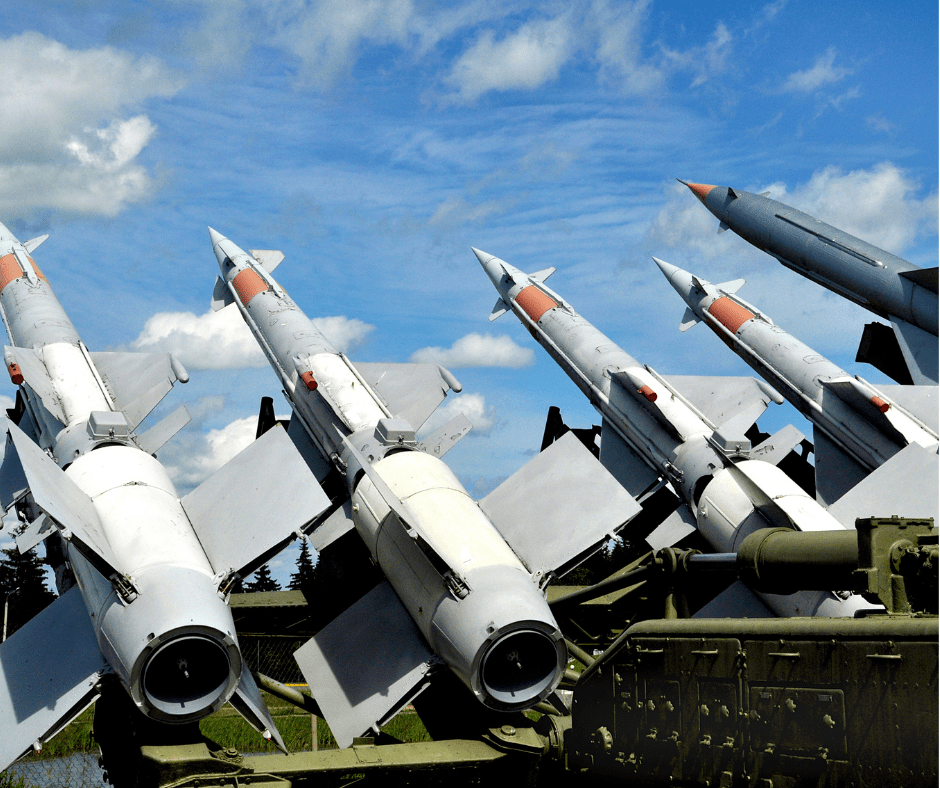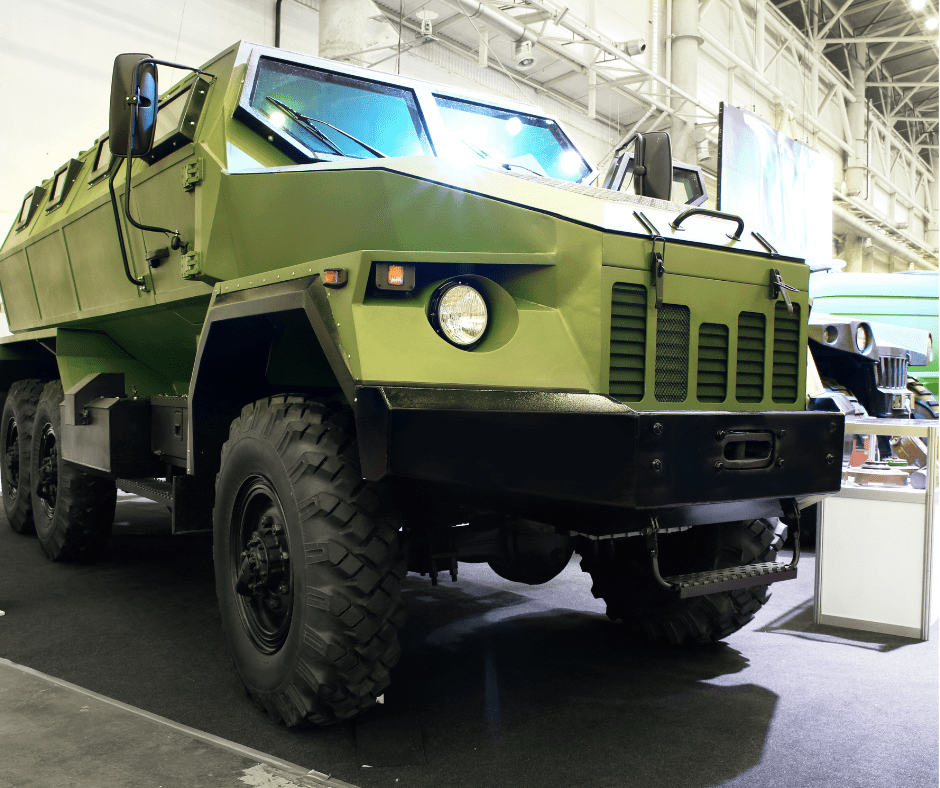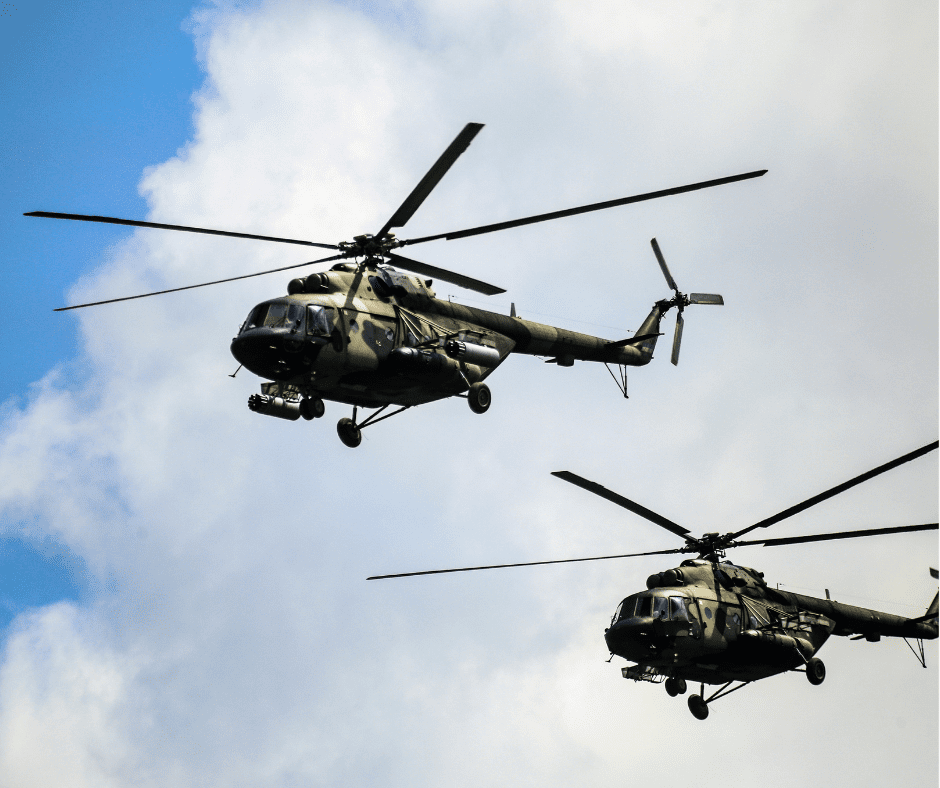The use of composites in defence applications has witnessed a transformative shift over recent years. This post delves into the types of composites being used, real-life examples of military equipment, and the future trends and innovations of composite materials.
Table of Contents
Introduction to Composites in Defence
Composites have become pivotal in advancing military technology and are used in lightweight armoured vehicles, stealth aircraft, naval ships, submarines, missiles and rockets. Known for their unparalleled strength-to-weight ratio, composites offer unique advantages that traditional materials cannot match.
The Evolution of Materials in Military Engineering
Military engineering is constantly evolving and seeking materials that offer superior performance and durability. The journey from metal alloys to advanced composites marks a significant leap in military technology. Composites, with their exceptional strength, versatility, and resistance to environmental factors, have emerged as the material of choice for modern military applications. However, the use of composite materials is not an entirely new concept; the prototype of the Augusta Westland AW 101 (Merlin) helicopter was first flown on October 9th, 1987, and is known for its extensive use of composite materials.
Key Properties of Composites in Defence
Composites bring a suite of advantageous properties to the defence sector; their high strength-to-weight ratio enables the construction of lighter, more agile equipment without compromising on protection. Additionally, composites are resistant to corrosion and fatigue and offer longevity in harsh environments. Plus, their thermal and acoustic insulation properties enhance their suitability for sensitive military applications.

Types of Composites Used in Defence Applications
The defence sector employs various types of composites to enhance the capabilities of military equipment. These materials include carbon fibre and glass fibre composites, which are selected for their unique properties; contributing significantly to the performance, durability, and safety of defence applications.
Carbon Fibre Composites
Carbon Fibre composites are renowned for their exceptional strength-to-weight ratio. Predominantly used in aerospace and aviation, these composites offer unparalleled structural integrity while maintaining lightness. This makes them ideal for aircraft, drones, and missiles where weight reduction is crucial for performance and fuel efficiency. Additionally, their resistance to fatigue and corrosion makes them a preferred choice in challenging environments.

Fibreglass Composites
Fibreglass composites, known for their robustness and cost-effectiveness, are a staple in naval defence applications. Their resistance to water and corrosion makes them suitable for ship and submarine hulls, ensuring longevity and reducing maintenance needs. Additionally, these composites provide good tensile strength, making them useful in a variety of other military applications, including vehicle body panels and protective gear.
Advancements in Composite Technology for Military Use
The significant advancements in composite technology have revolutionised how defence equipment is designed and manufactured, enhancing performance and opening up new avenues for innovative applications.
Innovations in Composite Manufacturing
Innovations in composite manufacturing have been pivotal in developing more efficient and robust military equipment. The introduction of advanced fabrication techniques, such as 3D printing and automated layup processes, has improved the precision and strength of composite components. These methods allow for complex shapes and designs, essential for aerospace and naval applications, and have significantly reduced production time and costs, making high-performance composites more accessible for various military uses.
Future Trends in Composite Materials
The future of composite materials in military applications looks promising, with research focusing on developing smarter, more adaptive defence composites. These materials are expected to have enhanced functionalities, such as self-healing properties, improved ballistic resistance, and the ability to adapt to environmental changes. Shape memory alloys may also enable components to return to their original shape after deformation. Plus, the integration of nanotechnology is anticipated to bring forth lighter, stronger, and more versatile composites.
Applications of Composites in Military Equipment
Composites are used in a wide range of military equipment including lightweight armoured vehicles, stealth aircraft, naval ships, submarines, missiles and rockets. Here are examples of past and present uses of composites in military defence vehicles.

Aerospace and Aircraft Applications
In the aerospace and aircraft sectors, composites play a crucial role. They are used in the construction of fighter jets, helicopters, and unmanned aerial vehicles (UAVs) due to their lightweight yet strong nature. This results in enhanced manoeuvrability and fuel efficiency, which is crucial in combat and reconnaissance missions. Composites also allow for stealth features in military aircraft, such as reducing radar signatures and enhancing mission success.
Military helicopters have come a long way since the Sea King composite main rotor blade development program was set up between Westlands and the British Ministry of Defence in 1977. This program developed main rotor blades using a mixture of carbon and glass fibres to create a blade with improved aerodynamic properties. However, composites are now being used extensively for enhanced properties, such as ballistic protection in the ultra-high molecular weight polyethylene composite panels in the Merlin Helicopter MK3.
Upcoming advancements in aerospace and aircraft applications include The Tempest aircraft, which is set to join the RAF fleet in 2035. Currently under development, this aircraft will integrate advanced composite materials to produce lightweight, power-dense configurations that can operate at high temperatures.
Naval Vessels and Submarine Construction
Composites have significantly impacted naval vessel and submarine construction. Their resistance to corrosive marine environments makes them ideal for hulls and superstructures of ships and submarines. This results in lighter, faster, and more durable naval vessels, capable of enduring prolonged exposure to harsh sea conditions. Additionally, the non-magnetic properties of certain composites are advantageous in mine countermeasure vessels, reducing the risk of triggering mines.
An example is the Sandown Class of minehunter vessels, first commissioned on the 9th of June, 1989, built out of fibreglass. Similarly, The Royal Navy’s Astute Class of Submarines use composite materials, as does the HMS Glasgow, which belongs to the fleet of the global Navy combat ships known as Type 26 Frigates. The HMS Glasgow is the first Royal Navy vessel to have a mainmast made from composites and also hosts an active/passive bow-mounted sonar array in a fibreglass dome.
The Impact of Composites in Defence Applications & Strategies
Composite materials have not only enhanced the capabilities of military equipment; they have also influenced the tactics and approaches used in defence scenarios, redefining the landscape of military technology. So, let’s look at how they can enhance performance and safety, as well as outline the operational advantages and challenges.
Enhancing Performance and Safety
Composites have significantly enhanced the performance and safety of defence equipment. By offering superior strength and durability while being lighter than traditional materials, they have enabled the development of faster, more agile, and more efficient military hardware. This includes aircraft capable of higher performance and armoured vehicles offering better protection. The inherent properties of composites, such as resistance to heat and corrosion, further ensure the safety and longevity of military equipment in various environments.
Operational Advantages and Challenges
The advantages of composites include improved stealth capabilities, enhanced performance, improved safety, corrosion resistance and increased longevity. However, they also present unique challenges such as high development costs, specialised maintenance requirements and complex manufacturing processes. Whilst some composites have increased longevity and corrosion resistance, others may be sensitive to environmental factors such as moisture and UV radiation. Therefore, the advantages must be carefully considered against the cost of materials, manufacturing and maintenance, as well as ensuring the correct composite is chosen for the required application.
Future Outlook on Composites in Defence Applications
As we look towards the future, the role of composites in defence applications is poised for significant growth and evolution. They bring undeniable advantages in terms of performance, safety, and efficiency and have already cemented their importance in modern military strategies. The continued development and integration of composite materials are set to further revolutionise defence technology.


